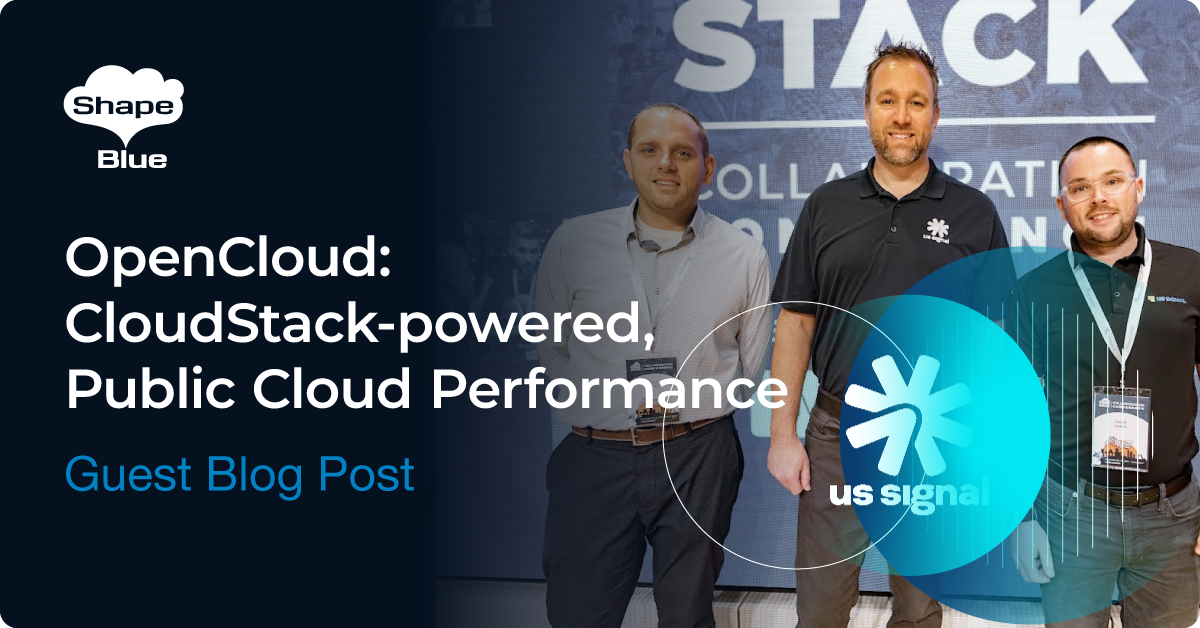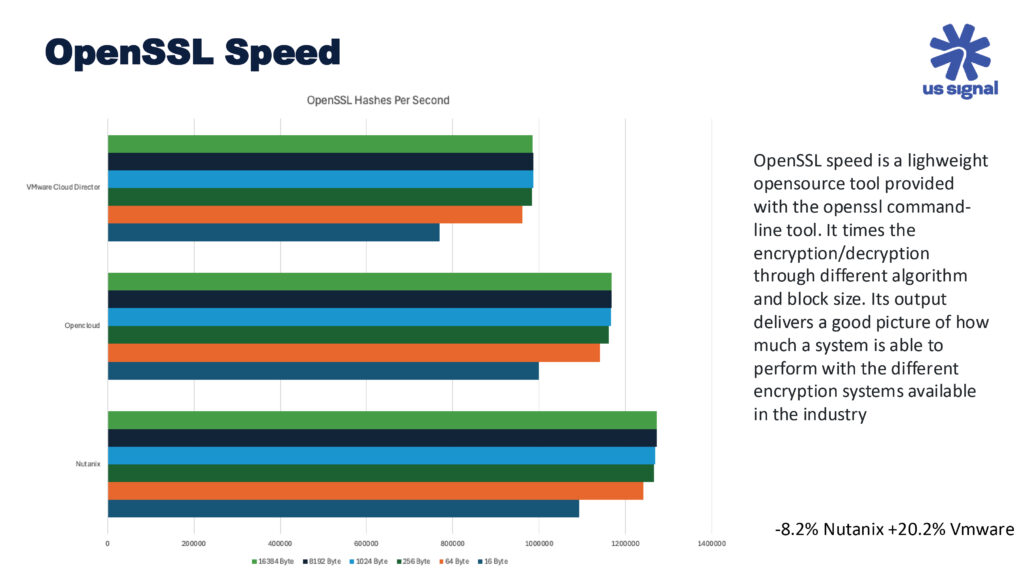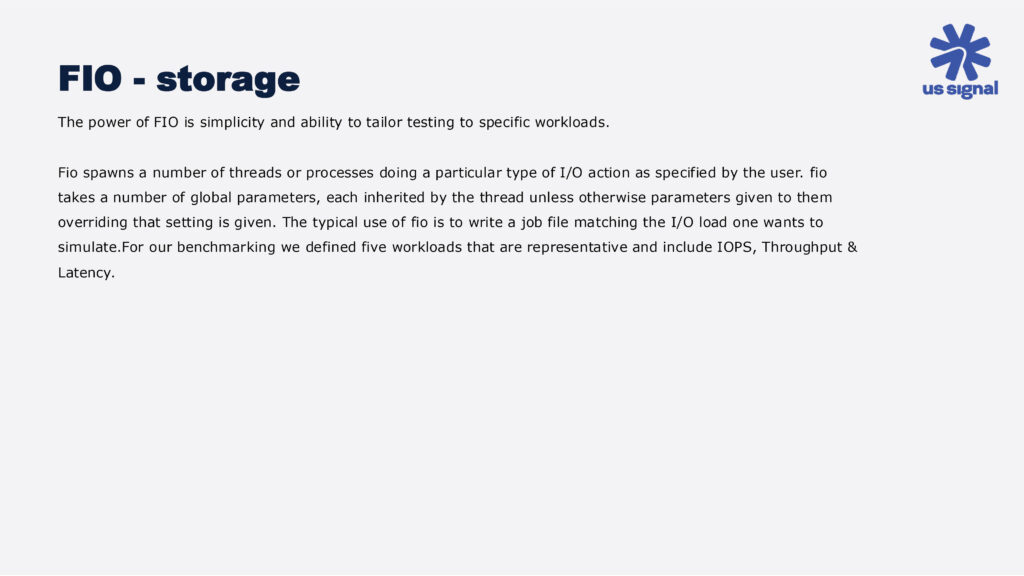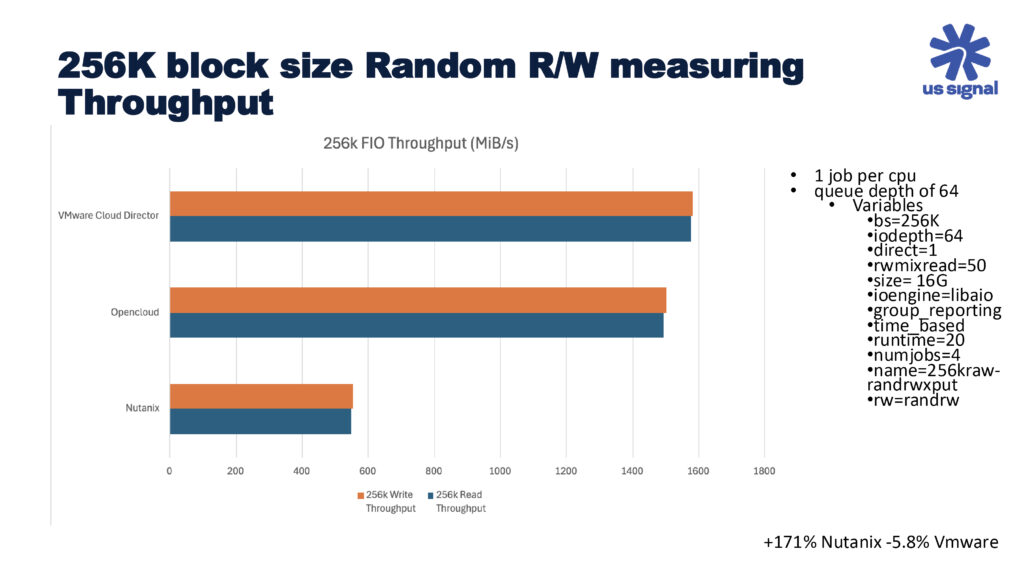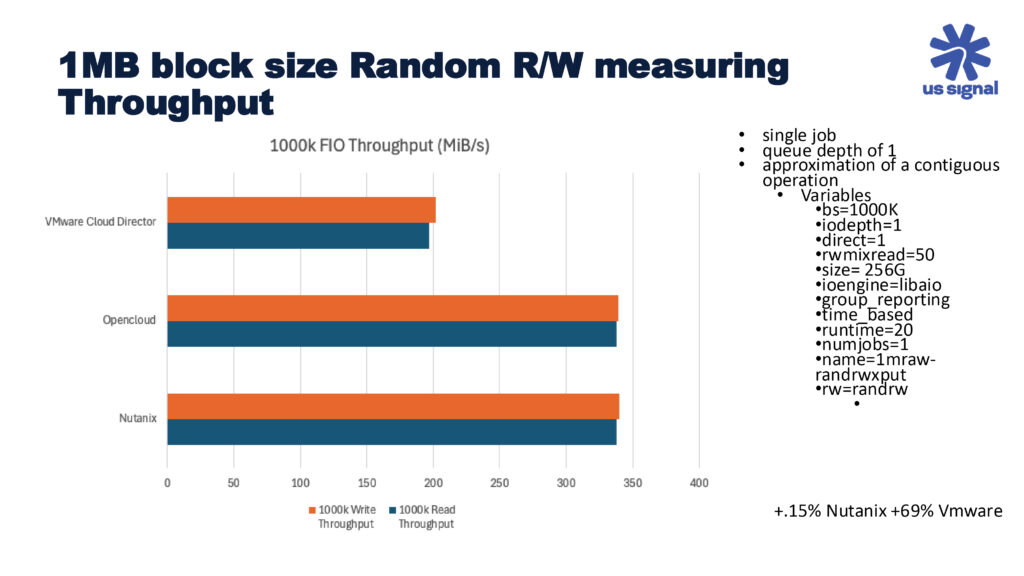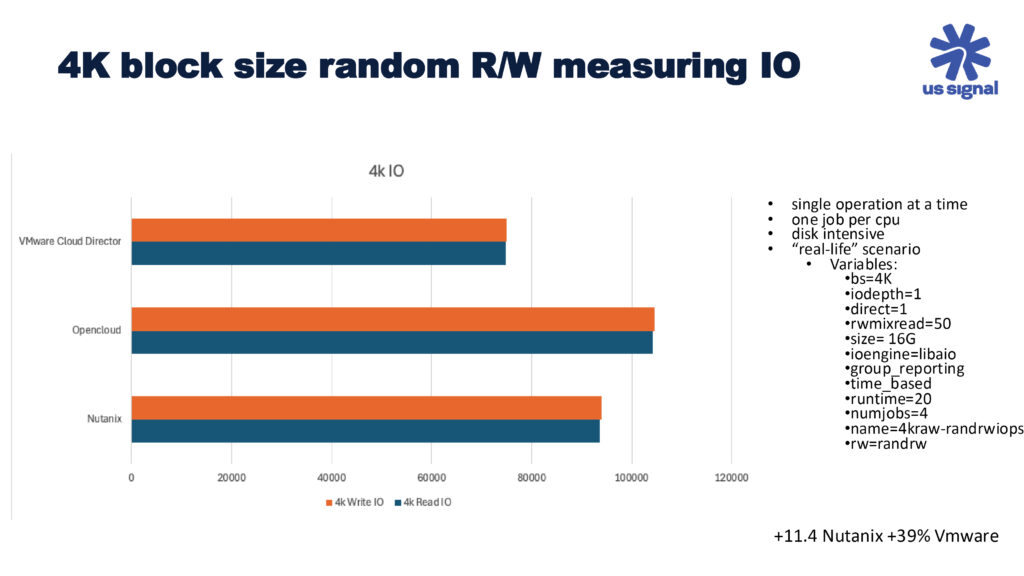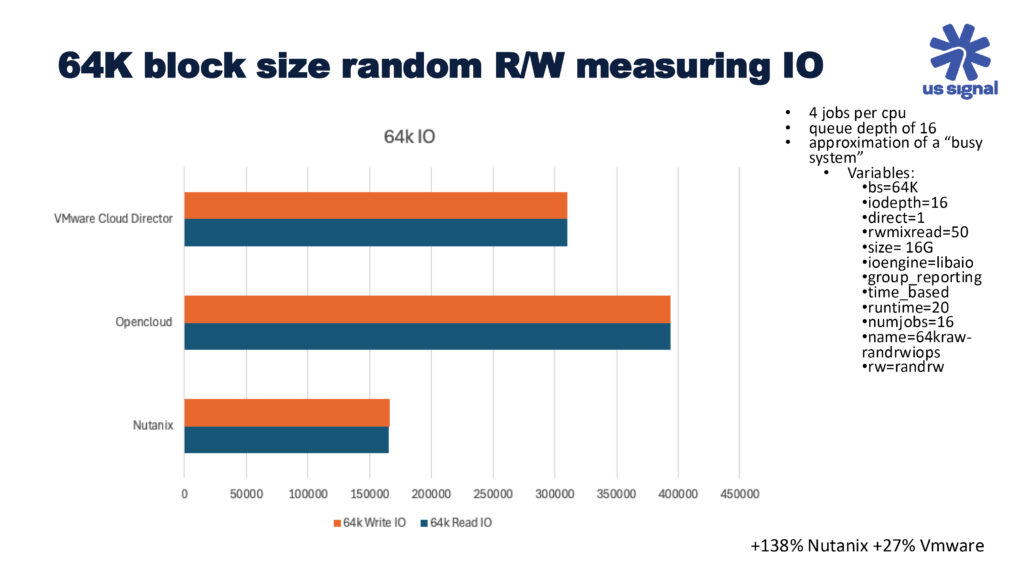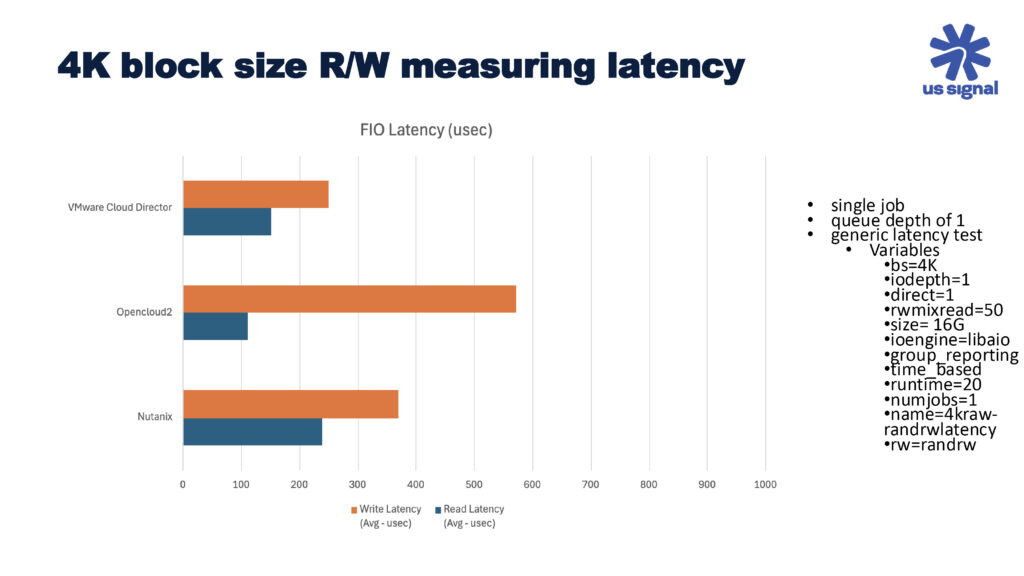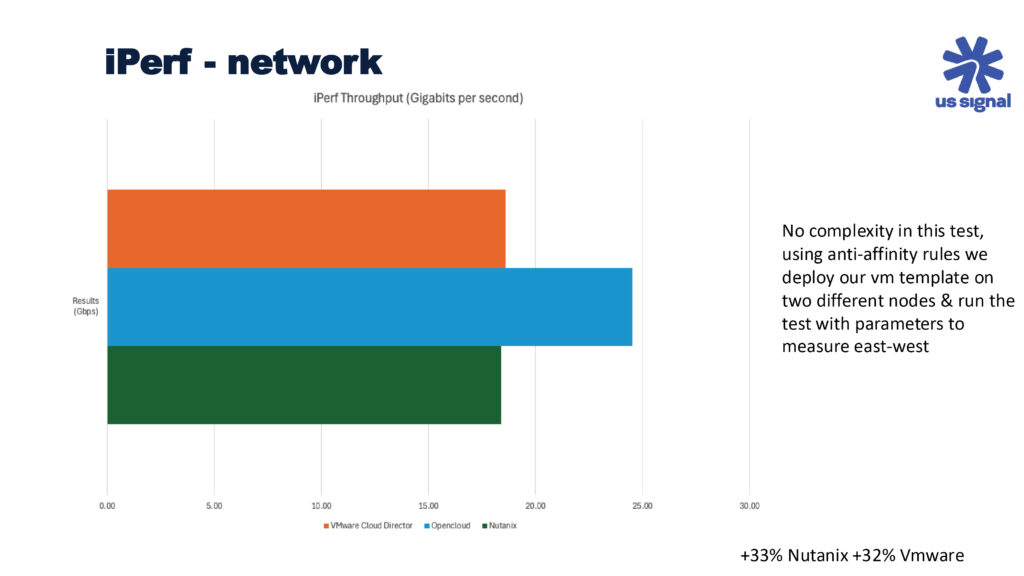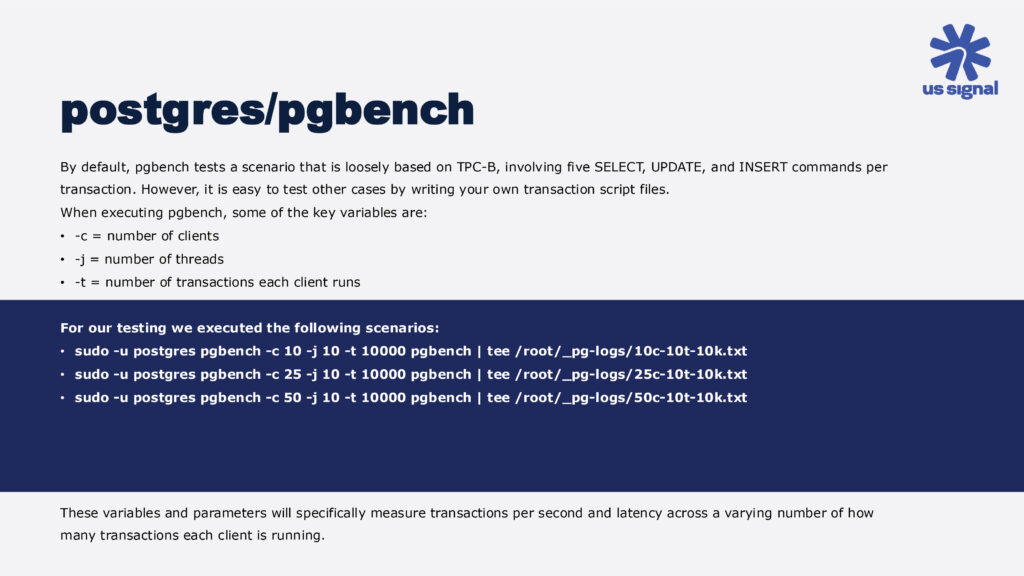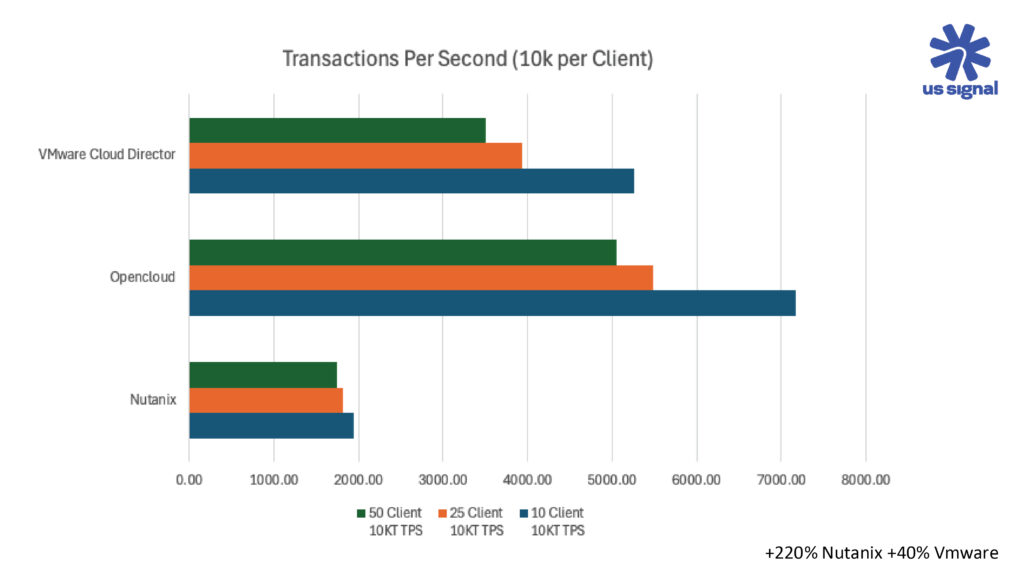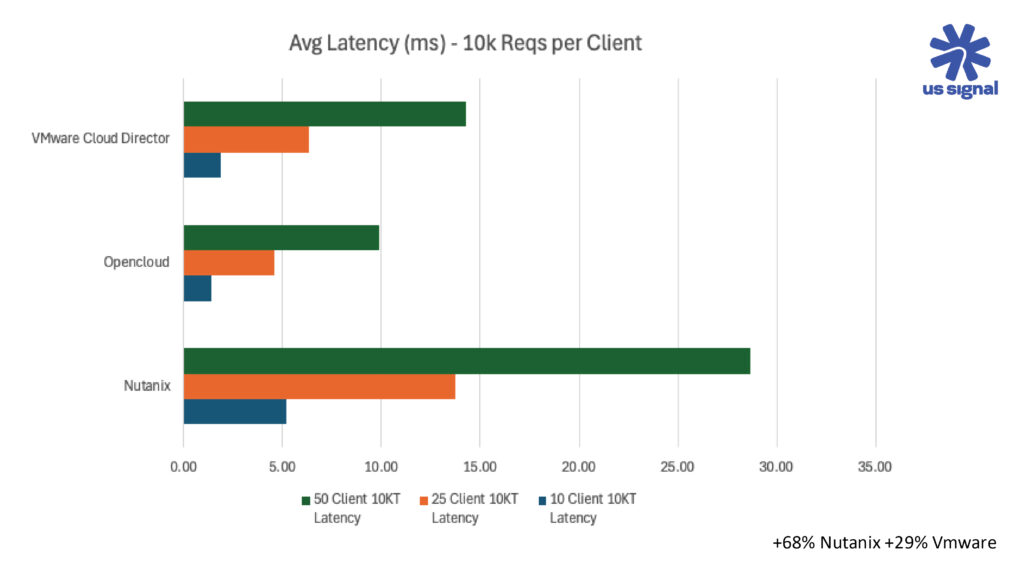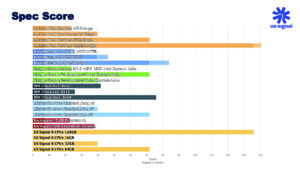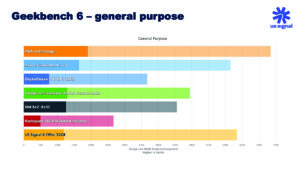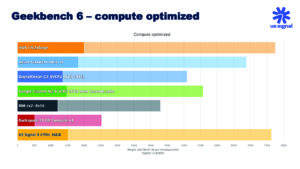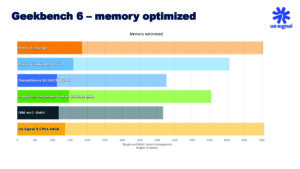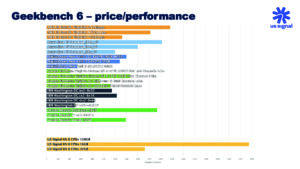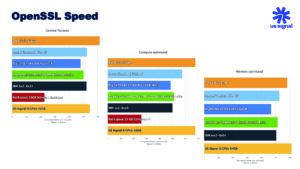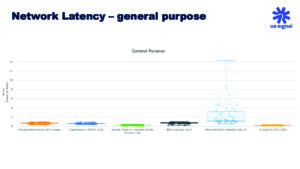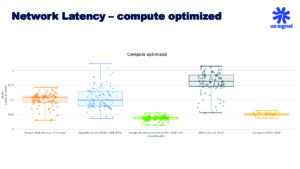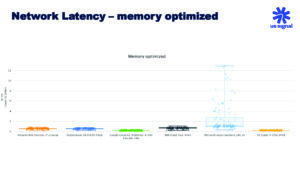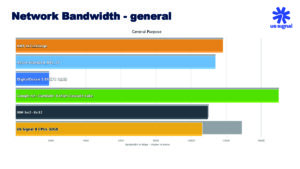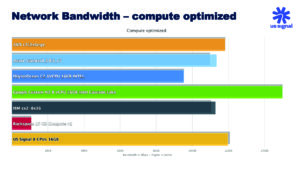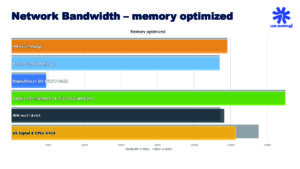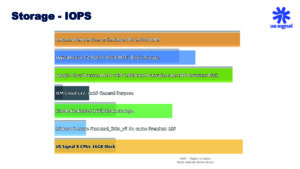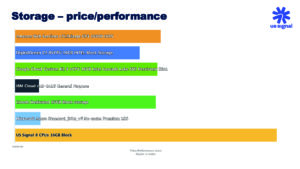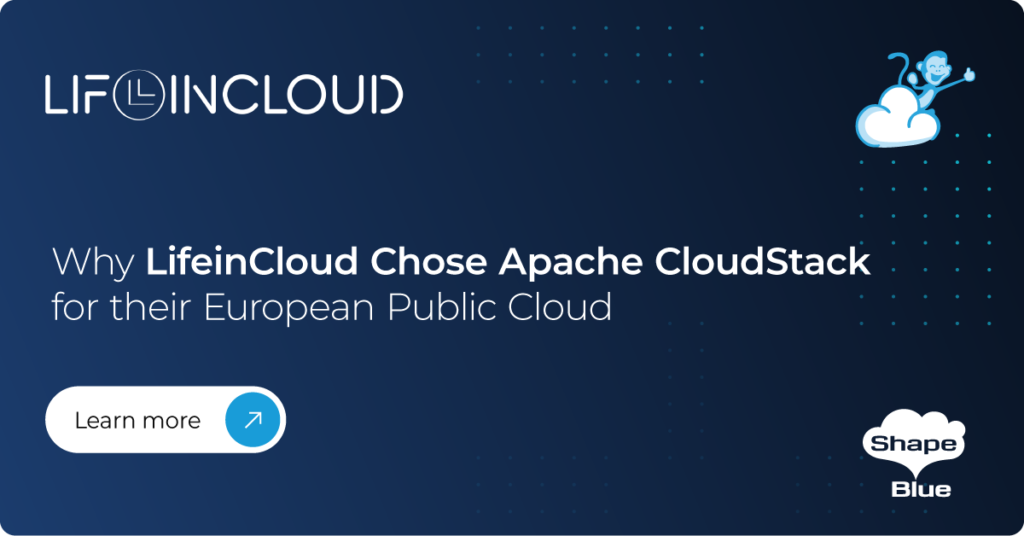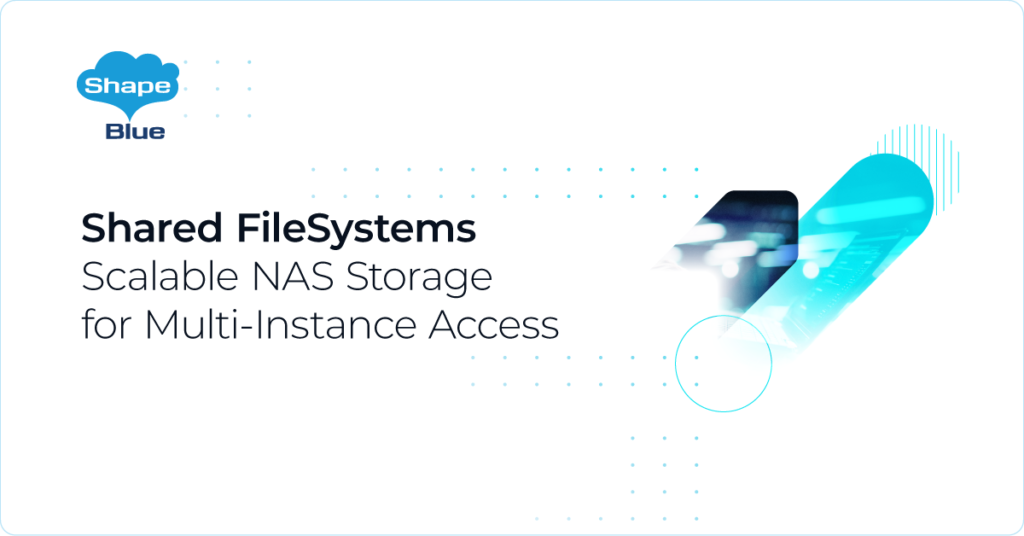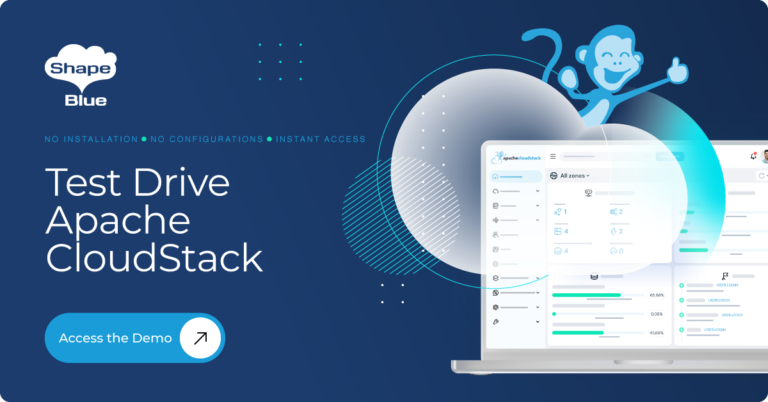At ShapeBlue, we believe that sharing real-world success stories is essential in demonstrating the power and potential of open-source solutions. Open-source technology thrives on collaboration, and every success story strengthens the community, proving that innovation doesn’t have to come with vendor lock-in or unpredictable costs.
 That’s why we’ve invited Daven Winans, Vice President of Engineering and innovation at US Signal, to share their journey as a guest speaker. US Signal, a leading provider of cloud and network solutions, turned to Apache CloudStack when building OpenCloud. This solution gives their customers the flexibility and cost predictability they need in a rapidly changing virtualization landscape. As a valued ShapeBlue customer, US Signal relies on us to help ensure the success of this critical project.
That’s why we’ve invited Daven Winans, Vice President of Engineering and innovation at US Signal, to share their journey as a guest speaker. US Signal, a leading provider of cloud and network solutions, turned to Apache CloudStack when building OpenCloud. This solution gives their customers the flexibility and cost predictability they need in a rapidly changing virtualization landscape. As a valued ShapeBlue customer, US Signal relies on us to help ensure the success of this critical project.
In this post, Daven walks us through their evaluation process, their key challenges, and why CloudStack emerged as the right choice. Their insights highlight how open-source technology is not just a viable alternative but a competitive force in the cloud and virtualization space.
The Innovation Bug Starts with a Bite
VMware has been the go-to virtualization platform for nearly 20 years in the on-premises and cloud IaaS spaces. When the announcement was made to refactor the platform and services rendered, the internet was a buzz with customers looking for alternatives. A year later, organizations are still asking “What can we do?” This is how US Signal’s journey to Cloudstack started. How can we isolate ourselves and our customers from licensing model changes and cost increases? How can we deliver predictable pricing to our customer base and predictable cost models for ourselves? With large-scale repatriation from public clouds, because of those same questions (and unfortunate answers), more organizations than ever are re-evaluating their virtualization needs.
US Signal’s OpenCloud
US Signal’s OpenCloud, built on Cloudstack, answers these questions and more. As an open-source solution, Cloudstack offers the ultimate predictability in pricing. The user interface delivers a true “cloud” experience for those who crave the scalable and flexible resource consumption of public clouds. Granularity, control of resource utilization, and dynamic billing help minimize cost and maximize efficiency.
Evaluating OpenCloud Against Other Hypervisors
Evaluation began, as it always does, with proper scoping. OpenCloud will scratch the public cloud itch but can still act as an enterprise solution. As such, we measured the solution against both consumer-grade hypervisors and public cloud offerings.
Our (Your) Utility Belt
We used open-source tools to measure performance to align with our implementation of OpenCloud, cost predictability and accessibility. We used Unixbench, OpenSSL, Iperf, pgbench, and FIO to measure everything from CPU to database performance. For measurement against public cloud offerings, we partnered with Cloud Mercato. Cloud Mercato has millions of data points across many public and private products on the market. Cloud Mercato’s toolset and methodology also closely aligned with the toolset we chose to measure the private hypervisors.
The Proof is in the Pudding (pretty charts)
Hypervisor Comparison
Public Cloud Comparison
Conclusion
On the comparison to the most popular (and expensive) hypervisor options on the market, compute, storage, network and database performance are similar. The price point, drastically different. When comparing instance sizes of OpenCloud against the equivalent on public clouds, similar or better in every measured category.
If you want to avoid hosting your own hardware, US Signal has an option that offers public cloud familiarity at a superior price thanks to Apache CloudStack. Our research shows that “open source” is not an ancillary toolset, used for neat and trivial things, and our customer feedback supports that. Open-source competes with the largest players in virtualization and cloud hosting technologies today. We, as a community, are what makes open source stronger. The contribution and embrace of open source will continue to disrupt the virtualization and cloud industries. Take the money you’ve traditionally invested in closed-source software and invest in people, experience, and infrastructure.
Watch the full recording of Daven’s talk at the CloudStack Collaboration Conference 2024 in Madrid:
Ivet Petrova is the Marketing Director of ShapeBlue. She is responsible for strengthening ShapeBlue’s global brand and market awareness of ShapeBlue’s services. Specifically, Ivet’s team is responsible for brand, advertising, content and digital marketing, social media, and media relations.
Ivet is also an active member of the CloudStack community, working on increasing the awareness of the technology and showing its benefits to a wider market.
Ivet has 13+ years of experience in marketing for IT service providers including a number of cloud and hosting providers, storage companies, SaaS providers and software development companies. She holds a Masters degree in Marketing.
Away from work, Ivet is passionate about travelling around the world and exploring new cultures.
